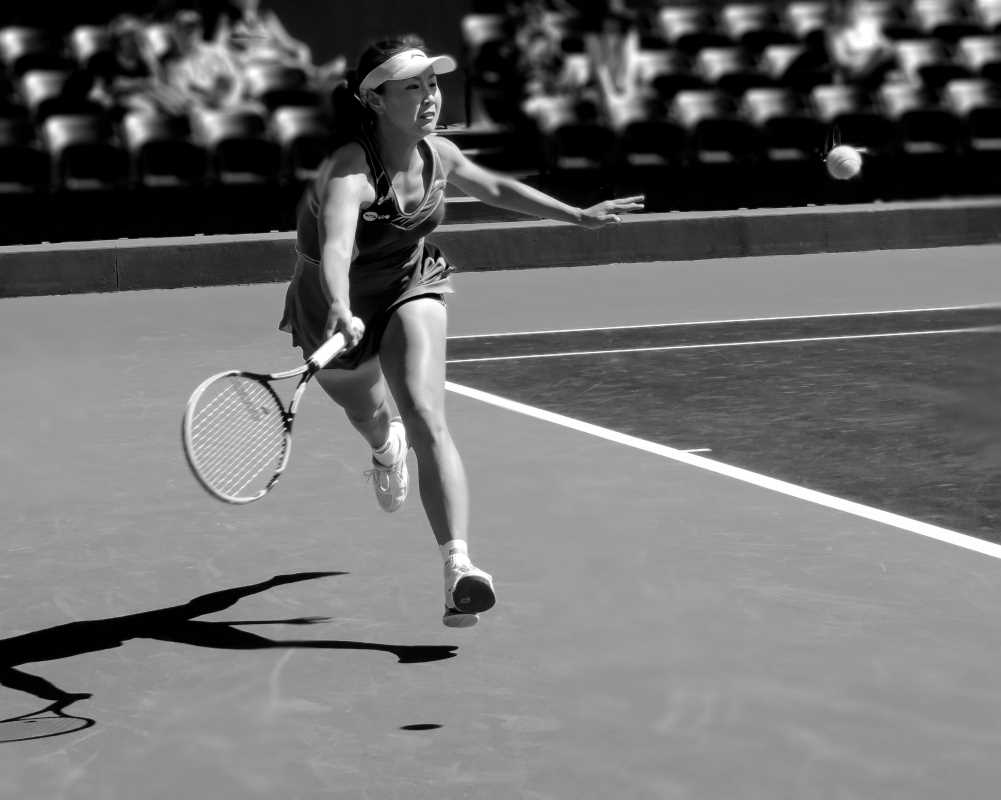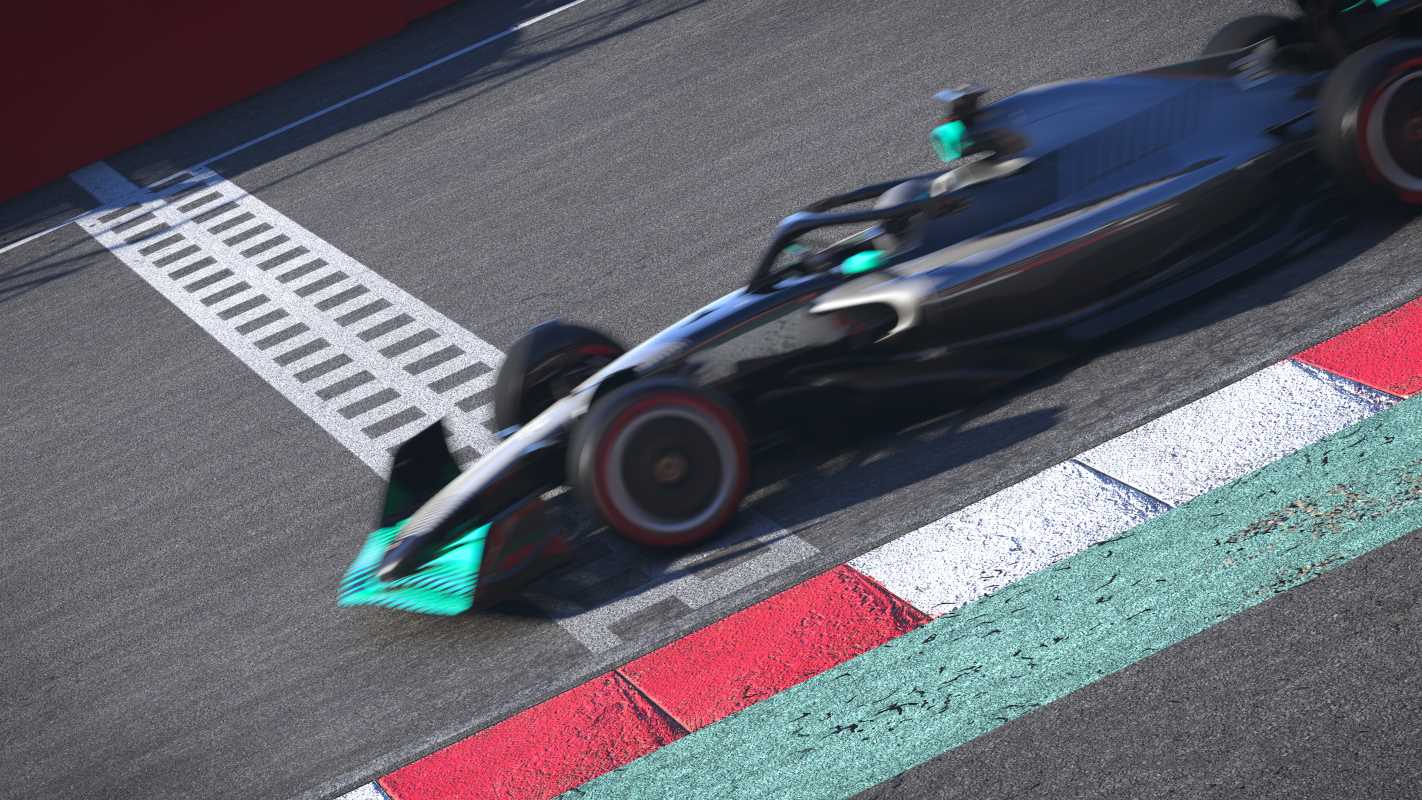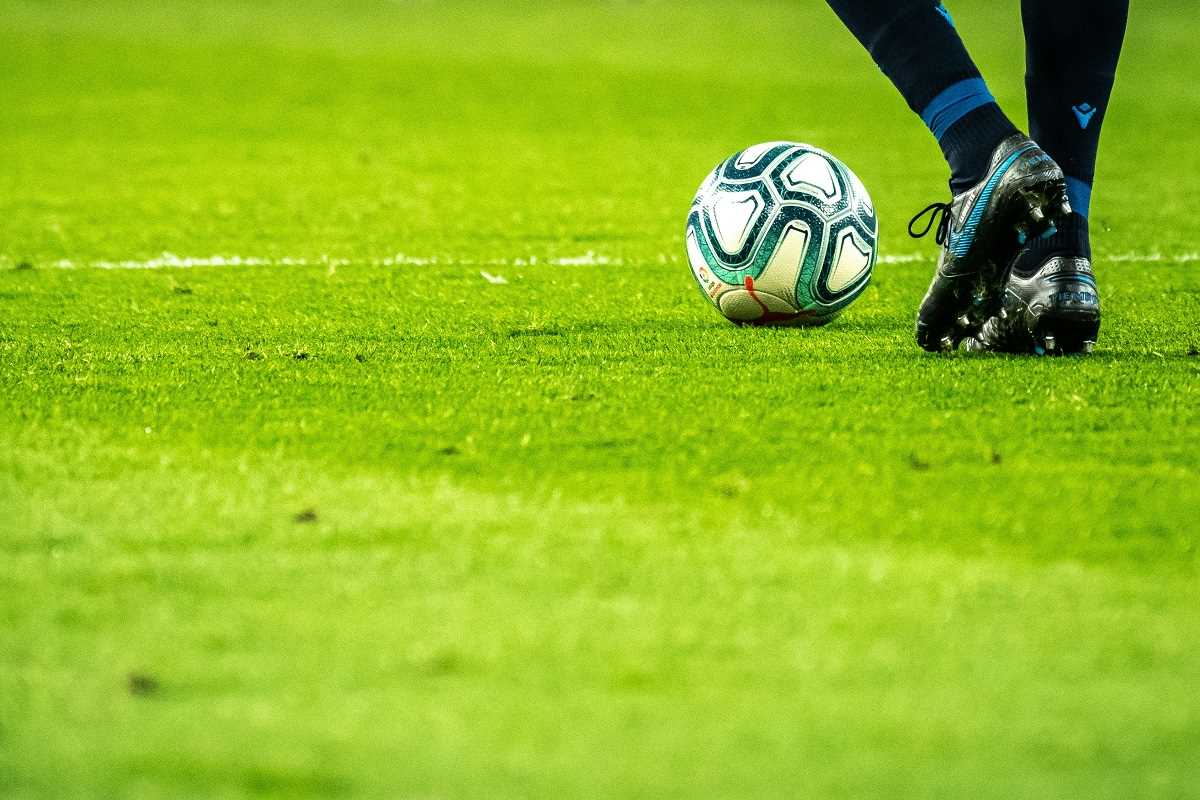As October 2025 arrives, the Women's Football World Cup has gripped the attention of fans and critics alike, setting new benchmarks for viewership, sporting excellence, and cultural impact. Now in its knockout stages, this tournament is not only a showcase of elite athleticism but also a catalyst for change in global sports. This expanded analysis dives deep into the statistics, pivotal matches, influential players, and transformative influence the event is having on women’s football.
Unprecedented Growth: By the Numbers
- Global Viewership: Estimates from FIFA indicate that this tournament will surpass 1.25 billion viewers worldwide, up from 1.1 billion in the 2021 edition—a growth of 13%. The group stage alone averaged 135 million viewers per match across streaming and TV platforms.
- Attendance: The average stadium attendance for group stage matches was 39,200, with several knockout games sold out within hours. The quarterfinal between Brazil and England at Sydney’s Accor Stadium set a new attendance record at 82,500.
- Economic Impact: Early analysis by the host nation’s organizing committee projects over $650 million in direct economic impact, driven by tourism, sponsorships, and increased spending at local businesses.
A Tournament of Milestones and Surprises
Group Stage Highlights
- Goals Galore: The group stages saw an average of 3.2 goals per game, with a record 16 different nations finding the net.
- Emerging Nations: Morocco and Vietnam both made knockout appearances for the first time, showing remarkable improvement in technical skill and tactical discipline.
- Defending Champions Fall: The United States, four-time champions, were knocked out in a dramatic group-stage match against Nigeria, losing 2-1 and failing to advance for the first time in two decades.
Key Knockout Matches
Brazil vs. England Quarterfinal (Accor Stadium, Sydney)
In one of the tournament’s most anticipated matches, Brazil edged past England with a 3-2 victory after extra time. Brazilian striker Isabela Martins scored a heroic brace, including the match-winner in the 117th minute. England’s Lauren James assisted both goals for her squad, continuing her tournament-best performance with seven goal involvements.
- Player of the Match: Isabela Martins (Brazil)
- Notable Stats: England led possession (62%), but Brazil had more shots on target (10 to 6).
Japan vs. Germany Round of 16 (Yokohama)
Japan, known for its technical passing style, dismantled Germany’s compact defense with quick transitions and intricate playmaking, winning 2-0. Japanese midfielder Mei Tanaka completed 92% of her passes and scored the opener from 20 yards.
- Player of the Match: Mei Tanaka (Japan)
- Key Insight: Japan has now reached at least the quarterfinal stage in four consecutive tournaments.
Morocco vs. Australia (Melbourne Rectangular Stadium)
In a fierce contest before 54,000 fans, Morocco advanced on penalties (5-4) after a 1-1 draw. Moroccan goalkeeper Amal Benabdallah saved two penalties, becoming a national hero overnight. This marks Morocco’s historic progression to the semifinals—the first for any North African women’s team.
Standout Players: Profiles of Excellence
Isabela Martins (Brazil – Striker)
At just 23, Martins leads the tournament with 6 goals and 2 assists. Her combination of speed, finishing ability, and tactical awareness has made her the breakout star of 2025. Scouts from top European clubs are reportedly vying for her signature following her World Cup heroics.
Lauren James (England – Midfielder/Forward)
Building on her stellar club season at Chelsea, James has contributed 4 goals and 3 assists, often acting as the creative engine for England’s attack. Her vision and ability to break defensive lines set her apart, and she is now widely considered one of the generational talents in women’s football.
Amal Benabdallah (Morocco – Goalkeeper)
Having kept three clean sheets and executed critical penalty saves, Benabdallah's composure under pressure has been fundamental to Morocco’s Cinderella run. Off the field, she has become a symbol of progress and inspiration in her home country, where her performances are credited with a surge in youth football enrollment.
Mei Tanaka (Japan – Midfielder)
Tanaka, age 27, has masterfully controlled the tempo for Japan, averaging a tournament-high 74 passes per match and chipping in with two goals. She is often cited by analysts as one of the midfielders raising the tactical standards of the modern women’s game.
Tactical Trends and Innovations
- Pressing and Transitions: Teams like Japan and Brazil have adopted high-press systems, winning possession higher up the field and converting turnovers into chances at an unprecedented rate.
- Flexible Formations: Coaches are making in-game tactical shifts—from 4-3-3 to 3-5-2 or 4-2-3-1—reflecting a dramatic rise in strategic sophistication.
- Goalkeeper Distribution: Modern keepers, including Germany’s Annika Bauer, are now key to build-up play, averaging over 35 successful long passes per match.
Deeper Impact: Changing the Game, and the World
Media Coverage and Sponsorship
- Broadcasting: Over 100 networks are airing matches in more than 60 languages. For the first time, a major international tournament has achieved equal broadcast time for women's and men’s games in several countries.
- Sponsorships: Financial support has soared, with blue-chip sponsors like Nike, Visa, and Coca-Cola increasing their women’s football marketing spend by 25% over 2023 figures.
Social and Cultural Influence
- Grassroots Growth: FIFA reports a 38% increase in girls ages 6-16 registering for club football in host countries since the start of the tournament.
- Representation: Players and coaches from 56 nations are participating, making this the most diverse tournament in history.
- Role Models: The success of openly LGBTQ+ athletes and diverse coaching staff is spotlighting inclusivity and representation, further driving societal change.
The Road Ahead: Legacy and Future Opportunities
- Professional Leagues: The sustained surge in viewership and commercial investment is prompting federations—especially in Africa, Asia, and the Americas—to expand professional women’s leagues and increase player salaries.
- Olympics and Beyond: With the 2028 Summer Olympics on the horizon, many of this World Cup's stars are expected to play pivotal roles, boosting anticipation and attention for women’s football even further.
- Policy and Advocacy: In response to the tournament’s success, several national federations have adopted gender equity policies for pay and resources.
 (Image via
(Image via





